Description
The 1030 nm High Power Polarization Maintaining Isolator exemplifies precision in photonics, designed specifically for applications requiring stringent polarization control alongside high power handling capabilities. This device significantly reduces insertion loss to as low as 0.8 dB, ensuring that the majority of the laser power is effectively utilized in the system.
With a peak isolation of 30 dB and a minimum of 25 dB across all polarization states, the isolator effectively prevents undesirable feedback and signal degradation in fiber lasers and intricate instrumentation setups. This feature is vital for applications where signal purity and integrity are paramount. The device also boasts a high return loss of 45/45 dB, which minimizes the potential for signal back-reflection that could otherwise compromise performance.
Robust in design, the isolator supports up to 20 watts of average optical power, catering to a wide range of high-power applications. The minimum extinction ratio of 20 dB ensures that the polarization state of the laser light is maintained, critical for the accuracy and efficiency of polarization-sensitive processes.
The isolator's construction is tailored for durability and reliable performance across varying environmental conditions, operating effectively within a temperature range of +10 to +50°C. This makes it particularly well-suited for demanding industrial environments as well as precise laboratory settings.
1030nm 10/20 W Polarization Maintaining Isolator
Specifications
| Type Of The Device: | Isolator |
|---|---|
| Operating Wavelength: | 1030 nm |
| Max Power: | 10 W |
| Min Isolation: | 25 dB |
| Center Wavelength (λc): | 1030 nm |
| Operating Wavelength Range: | λc ± 10 nm |
| Min. Isolation, λc, 23 ℃, All Polarization State: | 25 dB |
| Min. Extinction Ratio: | 20 dB |
| Max. Average Optical Power: | 10,20 W |
| Max. Peak Power For Ns Pulse: | 10 kW |
Features
- Low Insertion Loss: Reduces power loss during transmission, enhancing system efficiency.
- High Isolation: Provides robust isolation to prevent back reflections, critical in maintaining system integrity and performance.
- High Power Handling: Capable of managing up to 20 watts of average optical power, suitable for various high-power applications.
- High Return Loss: Minimizes the potential for signal leakage, thereby improving the overall efficiency of the system.
- Excellent Extinction Ratio: Ensures the maintenance of the polarization state, vital for polarization-sensitive applications.
- Environmental Stability and Reliability: Designed to operate reliably in a wide range of environmental conditions, ensuring durability and consistent performance.
- Customization Options: Offers various configurations in fiber length, handling power, fiber type, and connector types to suit different application needs.
Applications
- Fiber Laser Systems: Utilized in high-precision fiber lasers for cutting, welding, and marking applications where maintaining polarization is crucial for optimal performance.
- Telecommunications: Enhances fiber optic communication systems by ensuring stable polarization, which is essential for long-distance and high-capacity data transmission.
- Medical Instrumentation: Supports laser systems used in medical diagnostics and surgical procedures, where precise polarization control is necessary for accuracy.
- Optical Sensing: Vital in sensors that rely on polarized light for measuring physical properties or changes in an environment, improving sensor accuracy and reliability.
- Scientific Research: Provides a stable and reliable platform for experiments involving polarized light, crucial in physics and materials science research.
- Industrial Metrology: Used in measurement systems that require high precision and reliability, ensuring that industrial processes meet stringent quality standards.
- Aerospace and Defense: Integral in systems where high power and precise polarization maintenance are required for navigation, targeting, and communications.
Frequently Asked Questions
What is a 1030 nm High Power Polarization Maintaining Isolator?
How does the 1030 nm Isolator benefit fiber laser systems?
Why is the 1030 nm Isolator important for telecommunications?
Can the 1030 nm Isolator handle different power levels?
What are the key features of the 1030 nm Isolator?
Where is the 1030 nm High Power Isolator typically used?
What does high return loss mean in the context of the 1030 nm Isolator?
How does the isolator’s environmental stability benefit its applications?
What customization options are available for the 1030 nm Isolator?
Similar Products


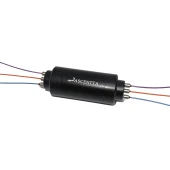



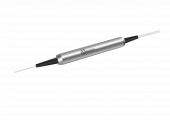
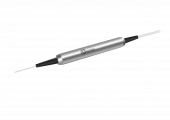
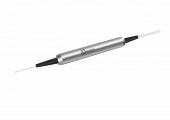
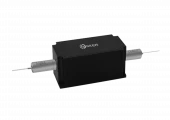
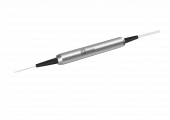
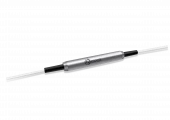
Your inquiry has been received.
Create an account by adding a password
Why create an account?
- Auto-complete inquiry forms
- View and manage all your past messages
- Save products to your favorites
- Close your account anytime — no hassle
